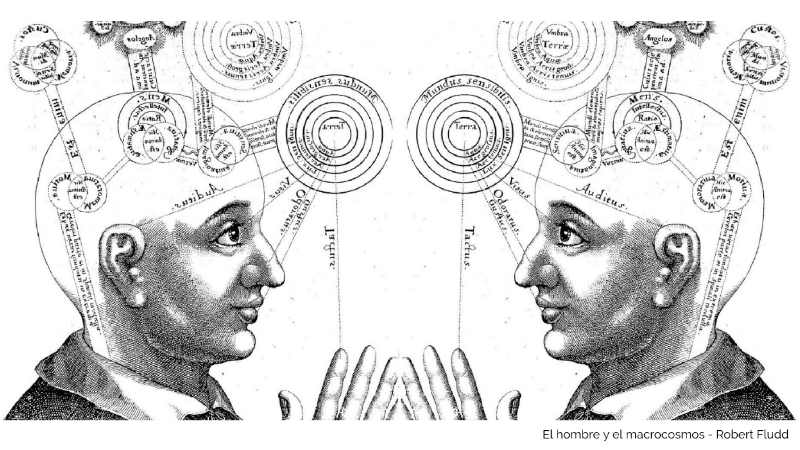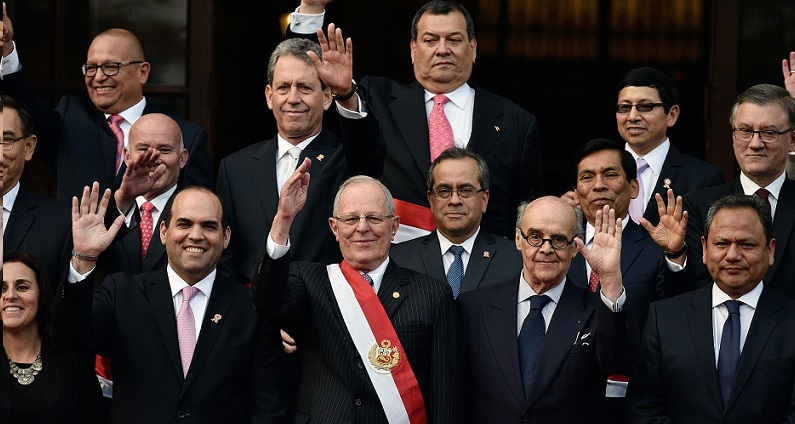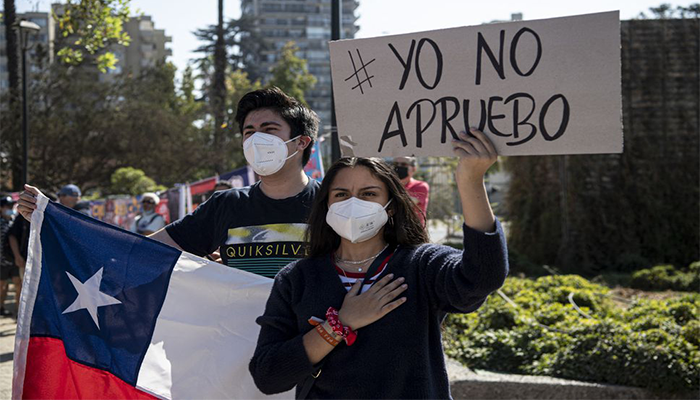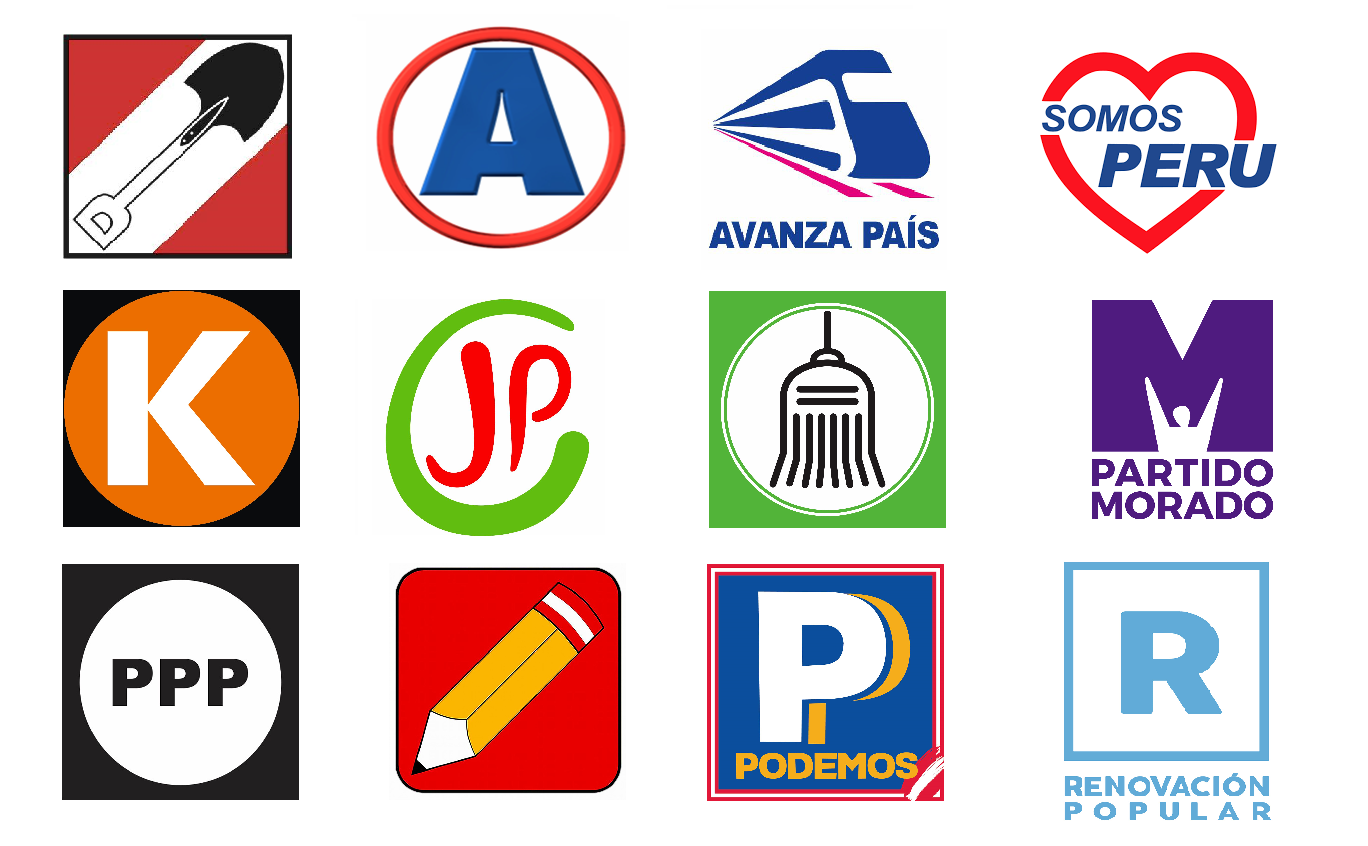ANALYSIS AND POLITICAL THEORY
How will Donald Trump's government impact geopolitics?

Por: Leoncio Díaz (Politólogo)
Trump's return to power changes the globalist international political agenda shaped by Democrats concerning "progressive" social policies, wars, and international trade. With Trump in office, the U.S. reorients its policy toward classic economic imperialism and internal market protectionism. This is not liberalism. In this way, "Make America Great Again" returns recharged, this time aiming to fulfill what was left unfinished during his first term. Although during his first term Trump showed he was a president who avoided starting new wars, he also learned that the U.S. cannot stop fostering or directly participating in wars, as they bring benefits such as maintaining its military industry, expanding its political influence, and negotiating resources through intimidation. Therefore, in this second term, he intends to redirect the ongoing conflicts pushed by Democrats to other strategic areas closer to American interests. This is why his focus is now closer to home: Venezuela, Greenland, the Gulf of Mexico, the Panama Canal, etc., with the goal of negotiating or forcing agreements that are deemed detrimental to the security and economies of these nations. The question is: to what extent will he be able to impose his will on these countries? Trump's comments are considered a threat to the world but also highly ambitious, aiming to give the U.S. an advantage over Russia and China in terms of resources and strategic territory. For example, the proposal to purchase Greenland or force its sale—a vast territory of over 2 million square kilometers—has generated reactions worldwide, placing this Nordic country at the center of European and Asian ambitions. These nations have expressed opposition and claim Greenland as a matter of their security interests. On this topic, the Danish government has already stated that they disagree with the sale but are willing to do business with the U.S. Another proposal from Trump, after being elected, is to request that Canada becomes the 51st state of the U.S., and in case of refusal, he plans to impose tariffs. This ambitious project of unifying Canada and the U.S. would make North America the largest country in the world with the most resources. However, Canadians have not welcomed this proposal. In response, outgoing Prime Minister Justin Trudeau said, "Our sovereignty is not negotiable." **The end of the Democratic warmongering agenda.** Regarding the war between Russia and Ukraine, Trump, with a pragmatic vision, sees direct or indirect confrontation with Russia as an unnecessary and highly problematic expense for U.S. interests. In this sense, the profile of Donald Trump, the businessman, stands out more than that of Donald Trump, the politician. Like any businessman, he prioritizes economic interest and profit over political (or in this case, geopolitical) power, which could be a significant mistake. To this end, he has placed "forced peace" negotiations on the agenda, stating that the U.S. will no longer send weapons to Kyiv, thereby limiting the capabilities of Ukraine and its European allies, who now face political and economic challenges in countering Russia. From a strategic perspective, Trump seeks closer ties with Russia to isolate China, which he considers the number one enemy. Furthermore, Trump has pushed to end the conflict between Palestine and Israel in Gaza. We are already seeing the results of a ceasefire between Jews and Palestinians, which could culminate in peace negotiations. Finally, the centerpiece of the entire strategy is China, the main commercial and technological competitor—and in a few years, militarily as well. Regarding commercial competition with China, Trump will continue pressuring Taiwan. He considers China the greatest threat to U.S. hegemony, with his primary goal being to destabilize its economy and halt its technological progress.
<< With Trump in office, the U.S. reorients its policy toward classic economic imperialism and internal market protectionism. This is not liberalism...>>
2025-01-17 15:06:00
Visitas: 332

How will Donald Trump's government impact geopolitics?
With Trump in office, the U.S. reorients its policy toward classic economic imperialism and internal...
Leer más...
The End of Woke Culture?
Wokism has deeply permeated the younger generations and has even influenced the older ones. I can at...
Leer más...
Why did Kamala Harris lose?
Kamala Harris had everything in her favor to win the 2024 elections: she did not go through primary ...
Leer más...
Social and work Constitutionalism: genesis of economic constitutionalism
If for the Liberal State of Law the basic idea was the category of individual, for the Social State ...
Leer más...
Kamala Harris vs Donald Trump Who won the debate?
The second presidential debate 2024 between Donald Trump vs Kamala Harris
Leer más...
WHY TAKE THE 2030 AGENDA SERIOUSLY?
The 2030 Agenda includes all those problems that today are at hand and can be solved by the great tr...
Leer más...
Michel Foucault and Byung-Chul Han en el Perú
Michel Foucault and Byung-Chul and their postulates on biopolitics and psychopolitics
Leer más...
The crisis in Haiti: multidimensional analysis of its causes, consequences and futuro
aggravated since the social outbreak of February 2019, which has become what many today describe - a...
Leer más...
Miró Quesada Rada and the political science of self-liberation
The political science of liberation is a system with diverse sources, typical of social philosophy a...
Leer más...
How did Jacques Lacan think?
For Lacan, the fundamental mechanisms of the unconscious are mechanisms of discourse, and are found ...
Leer más...
How did Jacques Lacan think?
For Lacan, the fundamental mechanisms of the unconscious are mechanisms of discourse, and are found ...
Leer más...















